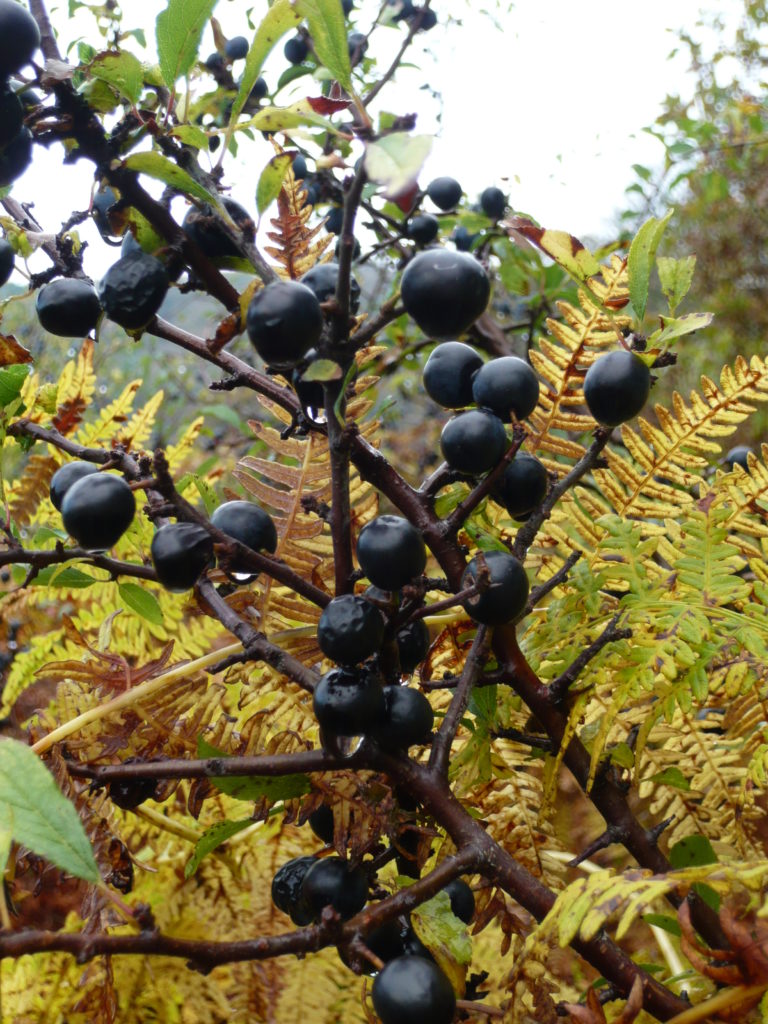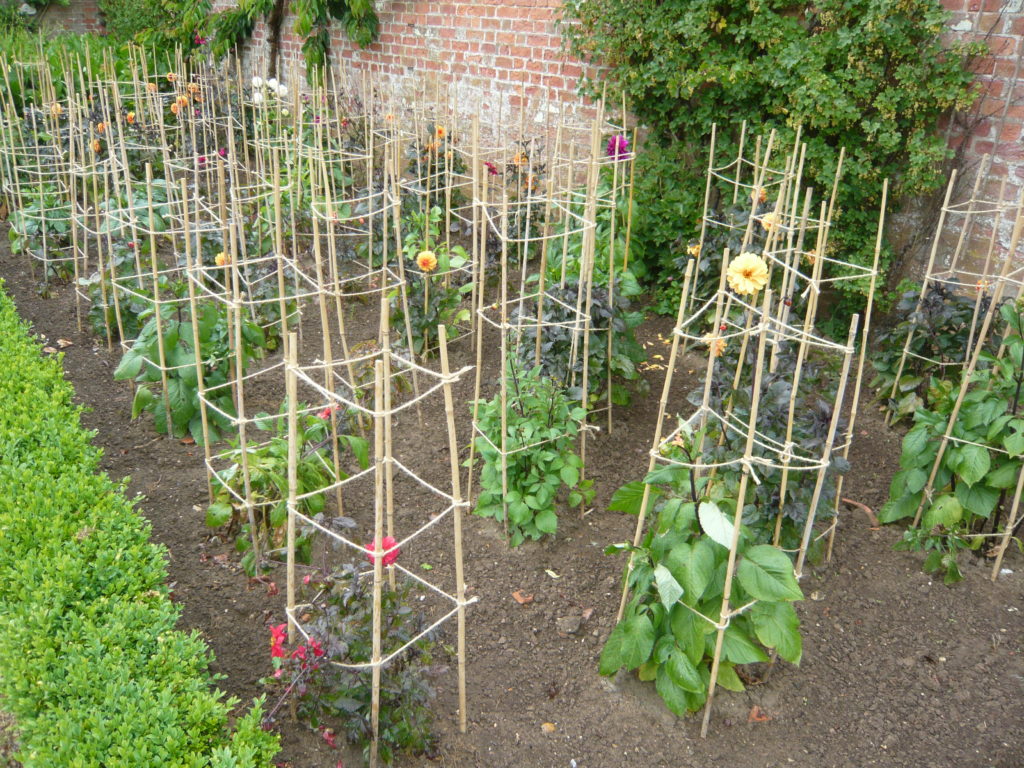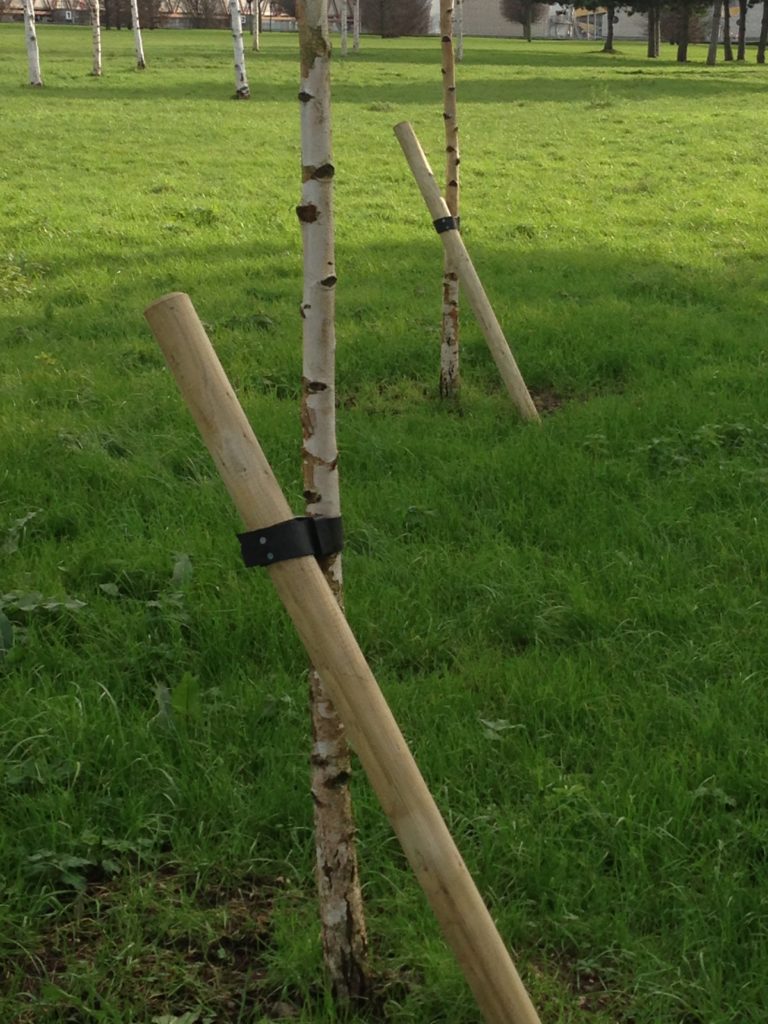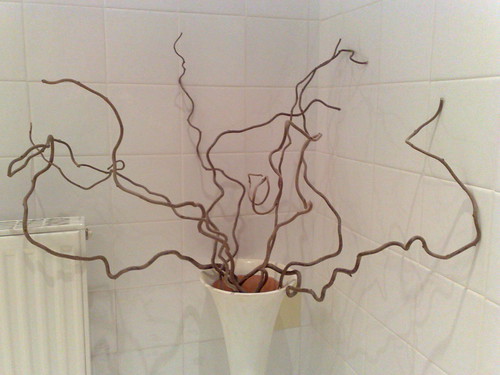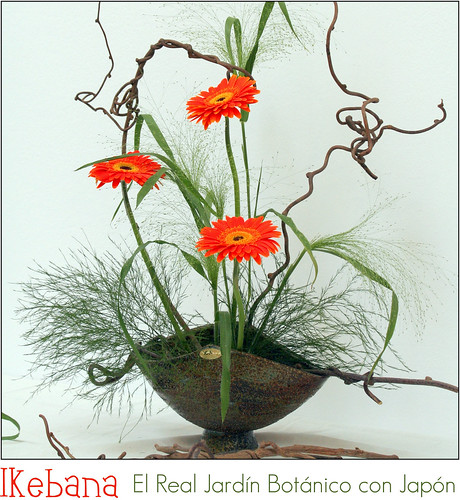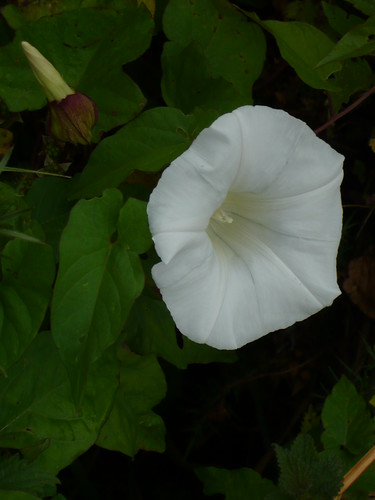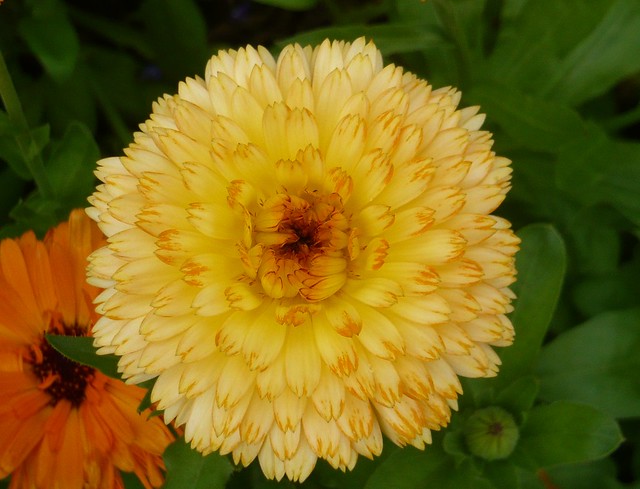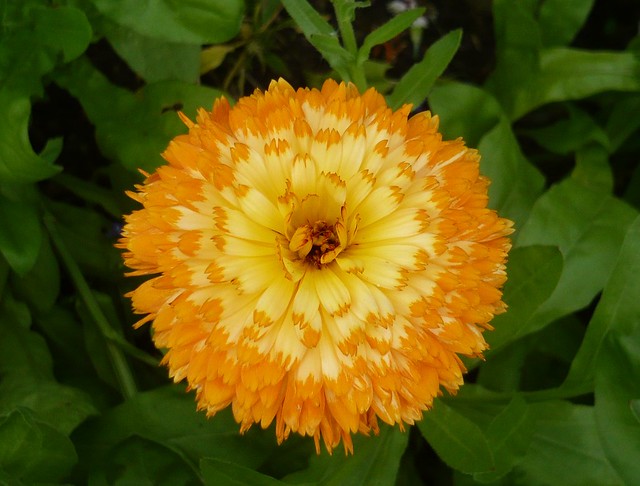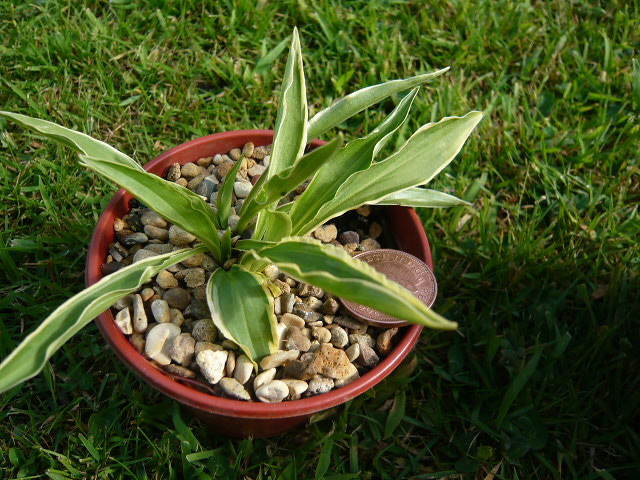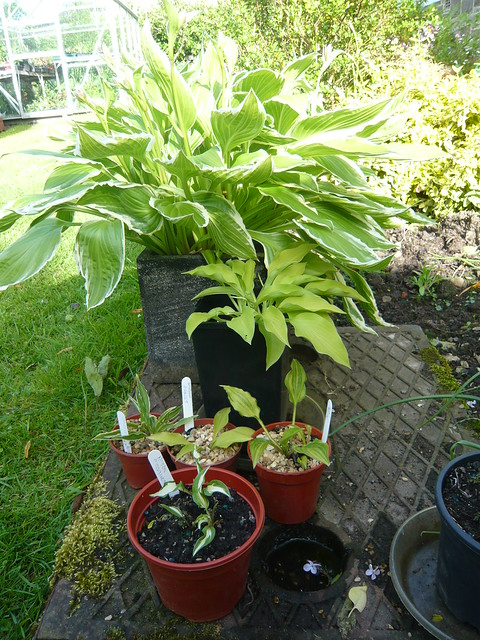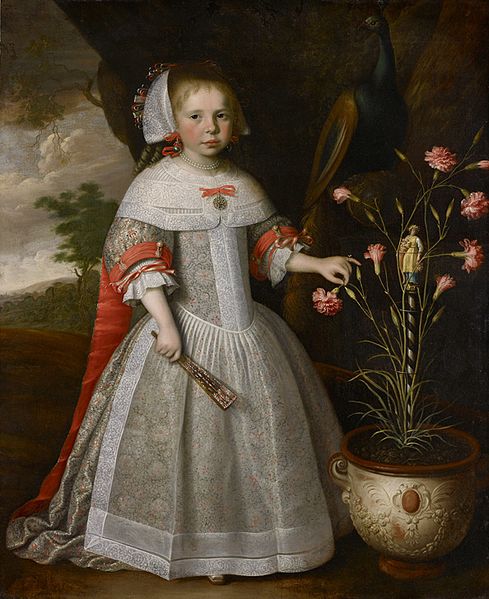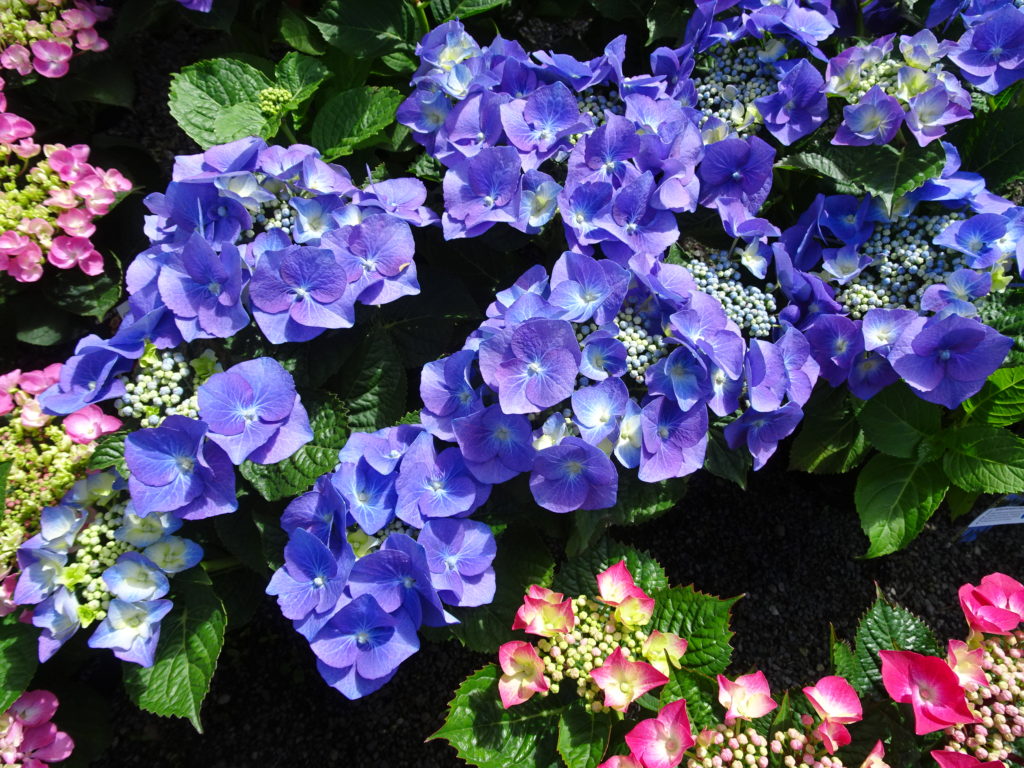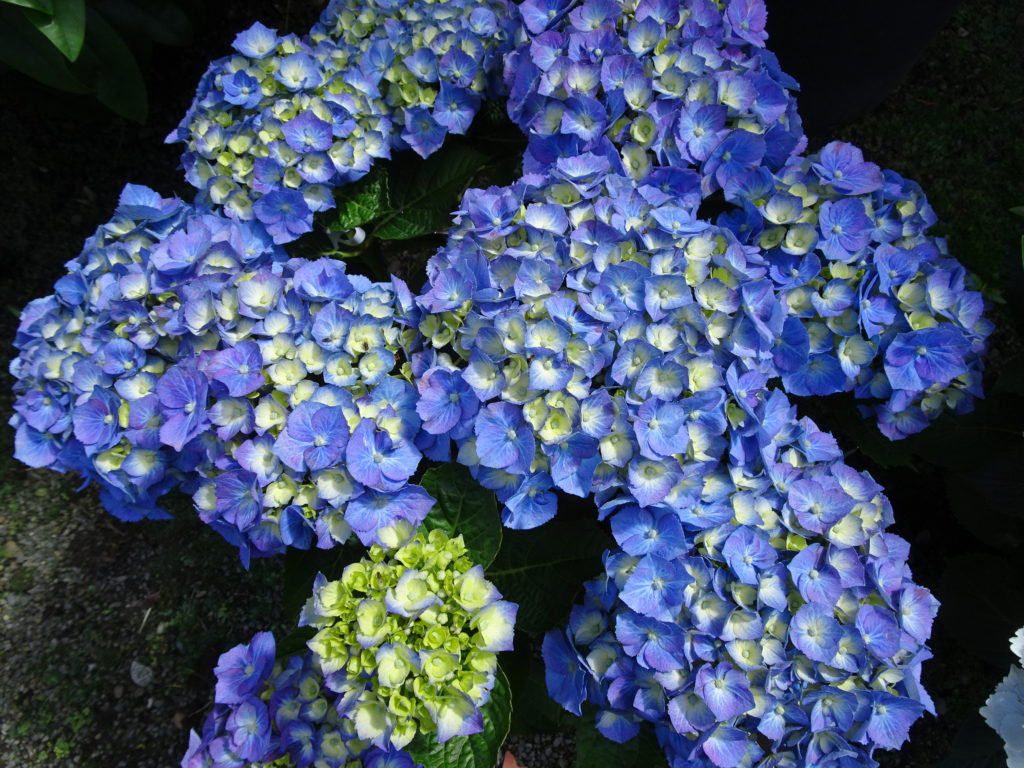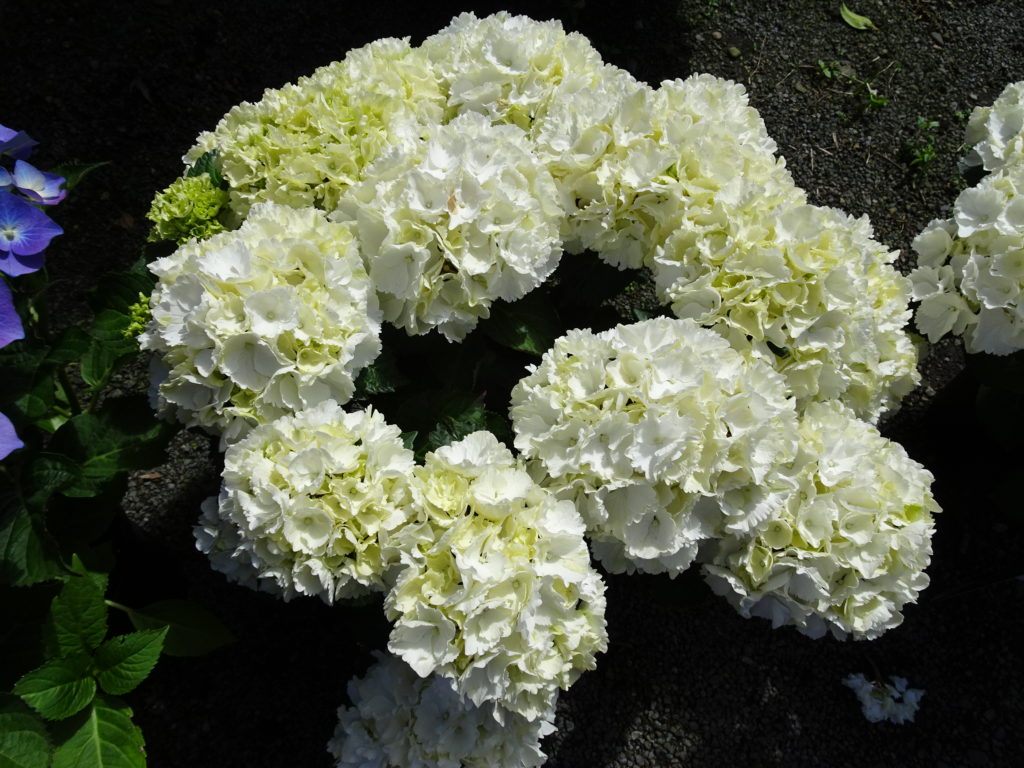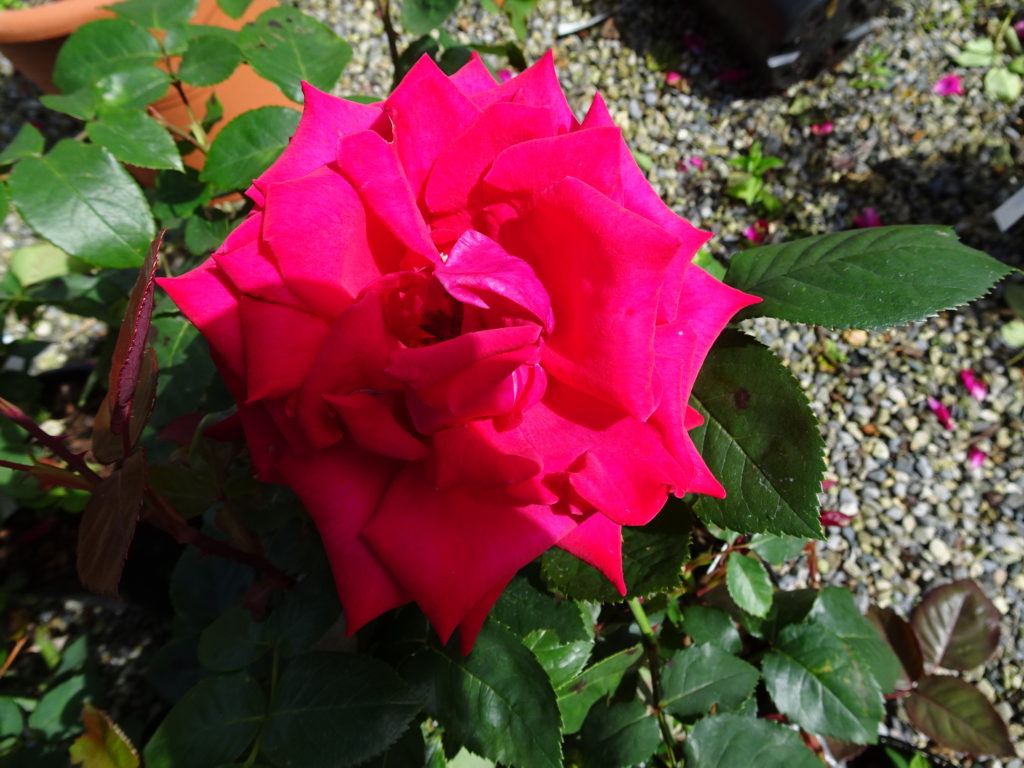Food Plants for Birds
Selecting plants that produce seeds and berries at different times of the year can provide food of birds through the seasons.
Berries
Ivy fruits in November and can last for 6 months so it is a winter staple. The early fruiting plants include Wild Cherry & Raspberries with Hawthorn, Blackthorn, Holly, Elder, Yew, Rowan and Guelder-Rose providing berries from August.
I have a large Berberis Darwinii whose plentiful berries are devoured by Blackbirds every year. They also like sloes, rosehips and haws. The Mahonia looses its berries to some birds but I can’t see who eats them from my window and it is often too cold to sit watching.
Soft fruit and crab apples seem to appeal to a range of birds as my strawberries get pecked over as do most similar varieties if left unnetted. Cottoneaster is pecked over but Pyracatha seems to last on the shrub until spring.
Gooseberries sometimes succumb to pigeons at the flowering stage and I put this just down to badness of the pesky overfed birds.
Seeds
In the garden the most popular seeds seem to be the expensive shop bought variety put out in even more expensive feeders.
Growing the right plants can provide the seeds and nuts birds crave. Teasel and thistles would be high on any avian menu. Beech, Hazel and Silver Birch or Hornbeam would be a main course. Centaurea, Sunflower and Scabious would suit Chaffinches while Coal Tits and Siskins like conifer seed.
All that food for thought but I still put out peanuts (crushed in spring), dried meal worms for the Robin and Niger seed hoping to get Greenfinches. In winter and early spring it is fat balls that I hope to tempt the taste buds with.
